
Unique Ways to Get the Party Together: A DM & Player Perspective
One of the most deceptively challenging moments in any tabletop RPG isn’t the dragon fight or political intrigue—it’s Session Zero’s question: “So… how do you all meet?”
The classic tavern intro gets the job done, but after a few campaigns it can feel like you’re pouring the same stale ale from behind the same wooden bar.
There are far more exciting, personal, and story-driven ways to bring characters together. Below are unique hooks, each examined from both a DM’s perspective (how to set it up) and a player’s perspective (how to work with it and build character investment).
1. Forced Cooperation in a Crisis
DM’s Angle:
Throw the characters into the same problem before they have time to shake hands. A collapsing bridge, a runaway carriage, a magical explosion, or an unexpected monster attack can bond strangers instantly.
This doesn’t need to be lethal—just chaotic enough that characters see each other acting heroically (or selfishly!), giving you immediate roleplaying sparks.
Examples:
-
All PCs wake inside a burning building with no memory of how they got there.
-
A planar rift tears open in the street, spilling creatures into a festival.
-
A giant beast rampages through the market and everyone gets caught in its path.
Player’s Angle:
Lean into the chaos. Let your character react, not retreat.
This is a chance to showcase what makes your PC distinct through action, not backstory exposition. Work with the others—save them, or let them save you—and build rapport through shared danger.
If your character is distrustful by nature, treat the moment as a necessary alliance, not a personality violation.
2. A Shared Debt or Obligation
DM’s Angle:
Give the party a reason to work together before they even know each other.
Debts, magical geas marks, contracts, oaths to a deity, or the same employer can link them long before friendship forms. This doesn’t have to be grim—shared obligations can be funny or inconvenient too.
Examples:
-
A noble house hires each PC for different reasons, then groups them for efficiency.
-
A spirit marks each of them after they interfere with its shrine.
-
All PCs owe back taxes and get assigned to “community service”—dangerous adventuring tasks.
Player’s Angle:
Tie the obligation into your character’s goals:
-
A paladin might see it as a divine calling.
-
A rogue might view it as a way to erase a debt or shake a bounty hunter.
-
A bard might treat it as a story worth singing about.
This approach gives party members a common purpose without forced friendship, which grows naturally over time.
3. The Social Web: Mutual Connections
DM’s Angle:
Use NPCs as connective tissue. If you encourage players to name mentors, rivals, family, or business contacts during character creation, you can build the meeting around those NPCs.
Examples:
-
Everyone receives a letter from the same mentor requesting urgent help.
-
Multiple PCs unknowingly work for the same organization—the last surviving members of a merchant company, a thieves’ guild, or a magical college.
-
A funeral for an influential NPC draws them all together.
Player’s Angle:
When asked for NPCs in your backstory, give the DM something to work with.
You don’t need a five-page genealogy—just a name, an adjective, and a connection.
If another player has something that resonates with you, link your NPCs together voluntarily. This builds party cohesion before session one even begins.
4. Competitors Turned Allies
DM’s Angle:
Start the campaign with the characters pitted against each other, then force them to work together when a bigger threat emerges.
This can be incredibly memorable if framed correctly:
Examples:
-
A tournament or contest where each PC competes individually—but saboteurs attack the venue.
-
A heist where multiple thieves unknowingly target the same vault and trigger the same alarm.
-
PCs begin as bounty hunters all tracking the same mark, only to discover the job was a setup.
Player’s Angle:
Embrace friendly rivalry, not hostility.
Your character can want to win without wanting to kill or sabotage the others unnecessarily. When the larger threat appears, treat the alliance as pragmatic (“We can settle our score later”) and enjoy the banter. These dynamics often become long-running character gold.
5. The Magical or Cosmic Binding
DM’s Angle:
Use a world-shaking event to link the characters in a way they don’t fully understand—yet.
Examples:
-
They all experience the same prophetic dream and awaken with a shared mark.
-
A magical artifact bonds to multiple people at once.
-
A time-stop effect freezes the entire world—except the PCs.
This lets you drip-feed mystery and lore while giving them a reason to stick together.
Player’s Angle:
View the binding as a story hook, not a leash.
Your character doesn’t have to like it. They can resent the connection, fear it, or dive into researching it. Curiosity, frustration, or fascination are all valid motivations that still support the group.
Final Thoughts
Whether you’re the DM building the adventure or the player stepping into it, the key to a memorable party introduction is intentionality.
A good “how we met” moment should:
-
Show off who the characters are
-
Offer immediate cooperation or conflict
-
Create an emotional bond—positive or negative
-
Set the tone for the campaign’s vibe
Unique introductions make Session One feel alive, cinematic, and full of character. Your party deserves more than another tavern brawl… unless it’s the best tavern brawl they’ve ever had.
Thanks for reading. Until Next Time, Stay Nerdy!!







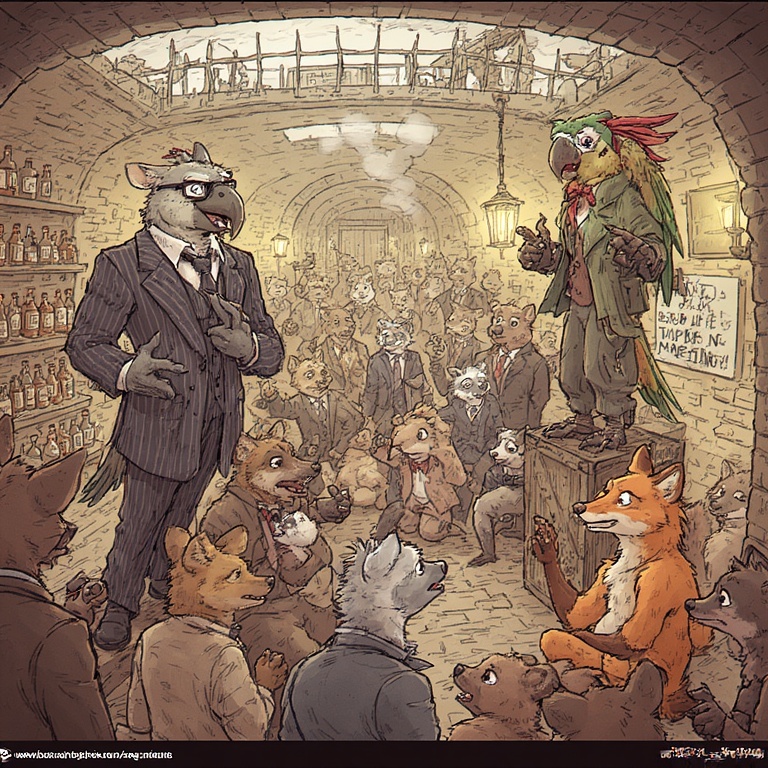
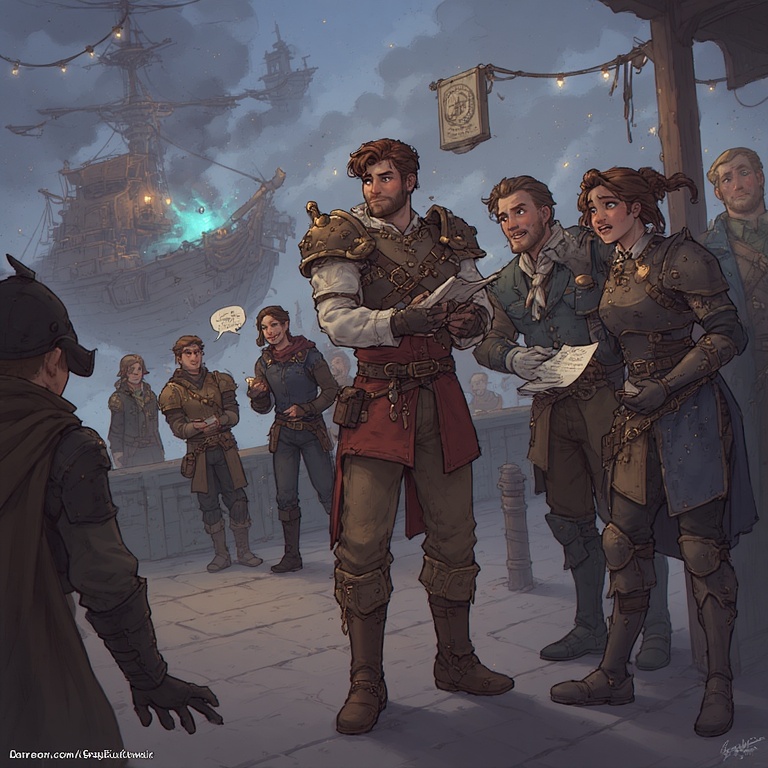
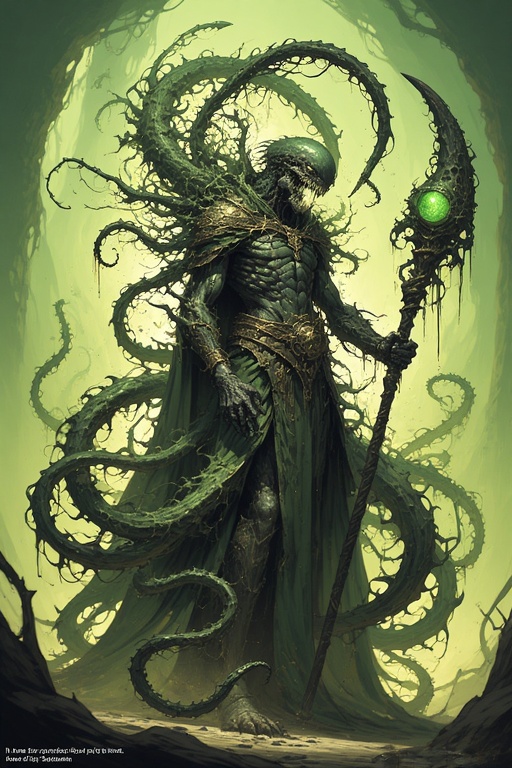
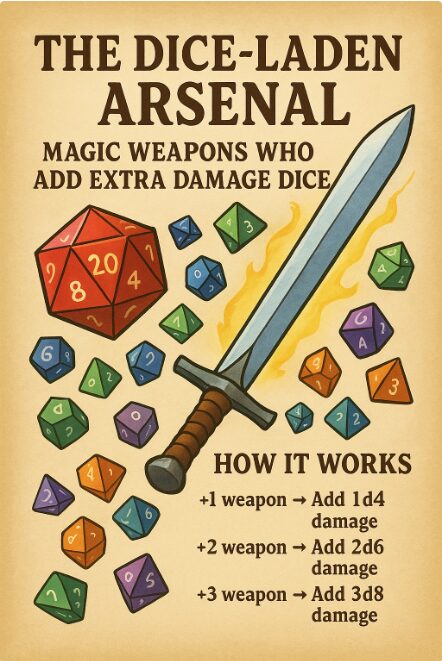
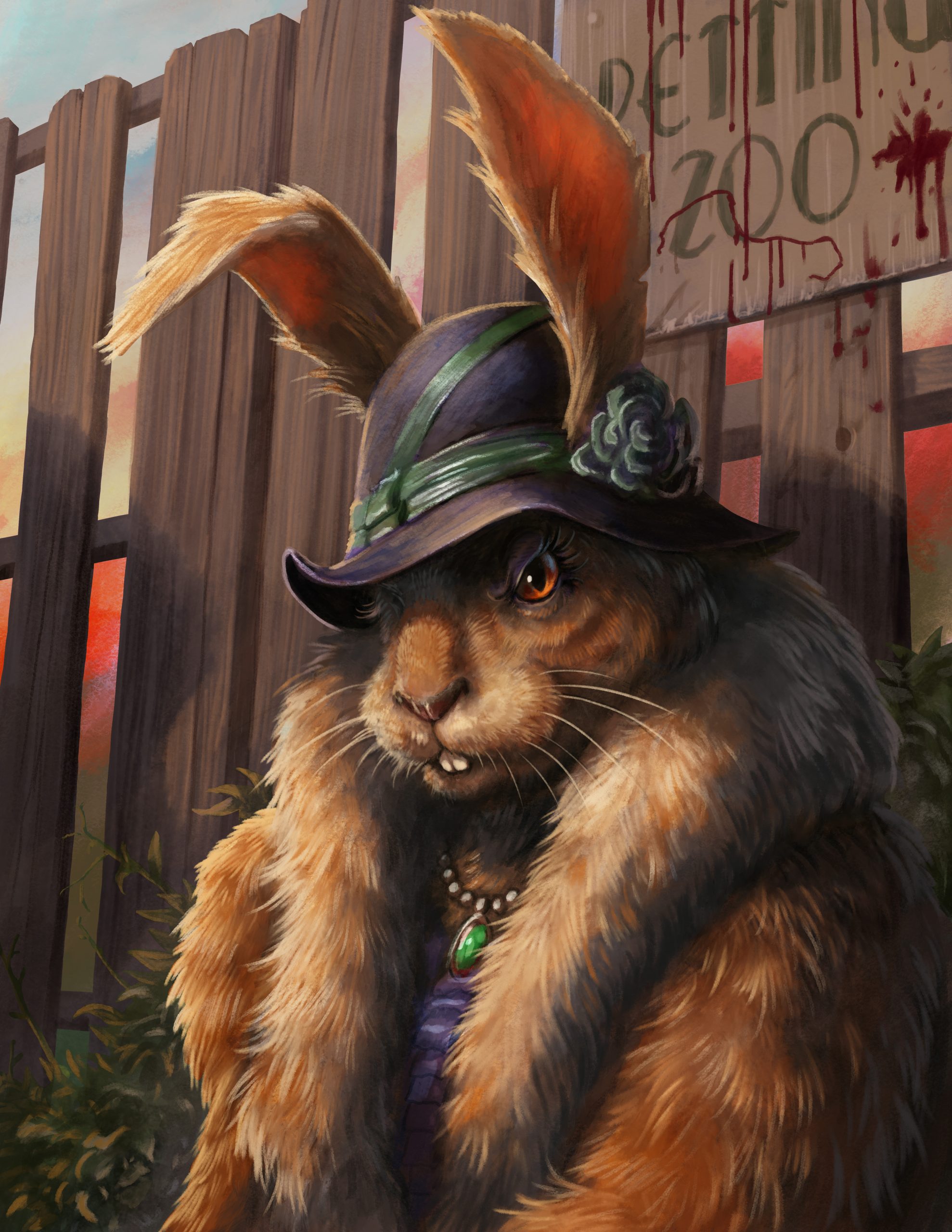
No Comments